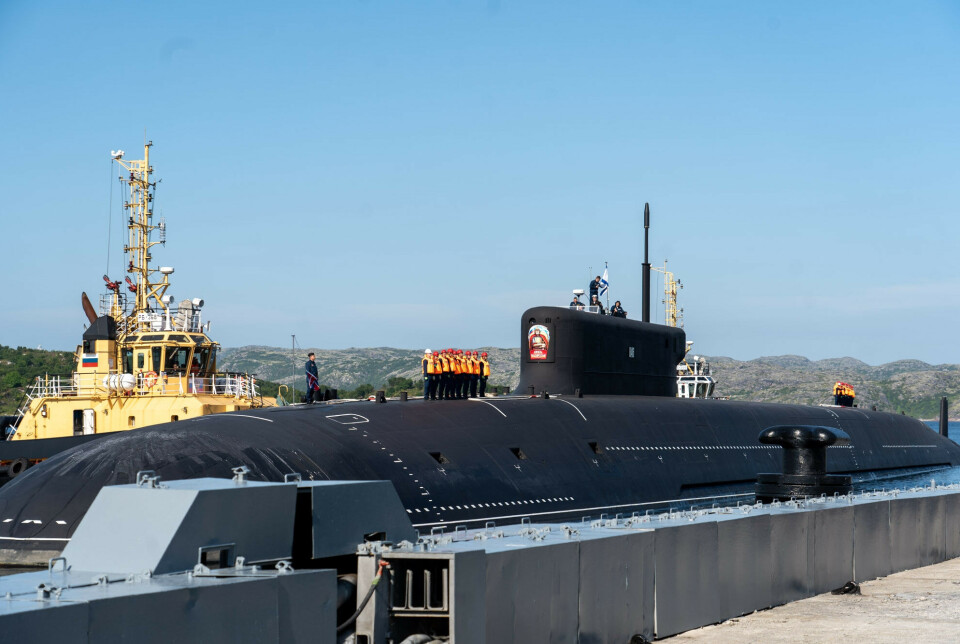Newest nuclear-weapons carrier arrives in home base Gadzhievo
The Northern Fleet welcomed the Knyaz Pozharsky with festivity to her new home base on August 2. Shortly after, Ukraine’s Defense Intelligence Directorate (HUR) published classified internal documentation concerning the brand new submarine.
The Knyaz Pozharsky is the third of the new 4th generation ballistic missile submarines to sail for Russia's Northern Fleet. The Borei-A class sub can carry 16 Bulava missiles armed with nuclear warheads.
The submarine was handed over to the Navy from the Sevmash shipyard in Severodvinsk on July 24 in a ceremony attended by Vladimir Putin.
From the yard by the White Sea, the voyage went directly to Gadzhievo, the base north of Murmansk on the Kola Peninsula which is home to the 31st Submarine Division with all the Northern Fleet's ballistic missile carriers.
The Knyaz Pozharsky was rolled out of the shiphall at the Sevmash yard in early 2024 and was supposed to be handed over to the Navy by the end of last year. However the sea trials took longer than expected.
The Knyaz Pozharsky (K-555) is to the knowledge of the Barents Observer the first post-Soviet delivered ballistic missile submarine that has not conducted a successful launch of the main weapon - the Bulava missile - before being handed over to the Navy.
This test is normally part of the state acceptance trials for any new warships and submarines.
A bigger blow to the Russian Navy is the secret documents about the submarine that Ukraine’s Defense Intelligence Directorate (HUR) made public on Sunday, August 3.
"The information obtained by the intelligence allows us to identify the features of the technical specifics not only of the Knyaz Pozharsky, but of other submarines of Project 955A [Borei-A], critically important for supporting the imperial myth of the aggressor state Russia."
Published via Telegram, HUR attached 10 pages from what appears to be a longer report about the Knyaz Pozharsky, including:
• Name lists of the crew, including data on positions, qualifications and level of physical training;
• Combat instructions for the crew;
• Combat scheme of the submarine, schemes of systems for ensuring survivability and organizational structure of the crew;
• Crew instructions in cabins and cockpits, instructions for transferring the wounded and cargo, procedures for towing and other job descriptions;
• Engineering documentation, including a report on the study of a deformed radio beacon indicating the members of the commission and the enterprises that participated in the study
The documents revealed by the Ukrainian special services do not only reveal secrets about the Knyaz Pozharsky, but information relevant for all Borei-A class submarines of which there are seven in operation; two with the Northern Fleet and five sailing for the Pacific Fleet. One more vessel, the Borei-class Yury Dolgoryky is currently docked in Severodvinsk for mid-life upgrades, including changing of uranium fuel elements in the reactor.
Although there are no serious military secrets in the part of the documents made public, there are likely many more pages obtained by Ukraine’s Defense Intelligence Directorate that are not made available for outsiders.
With the move, Ukraine sends a clear message to Russia's Armed Forces: We have inside sources leaking top military secrets.

































